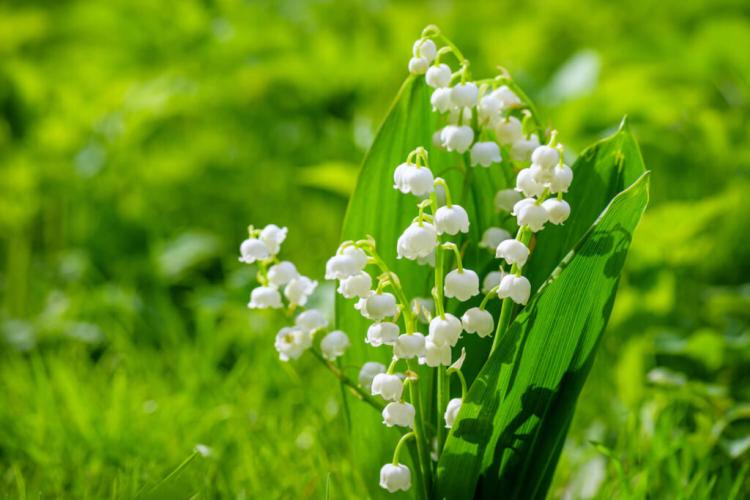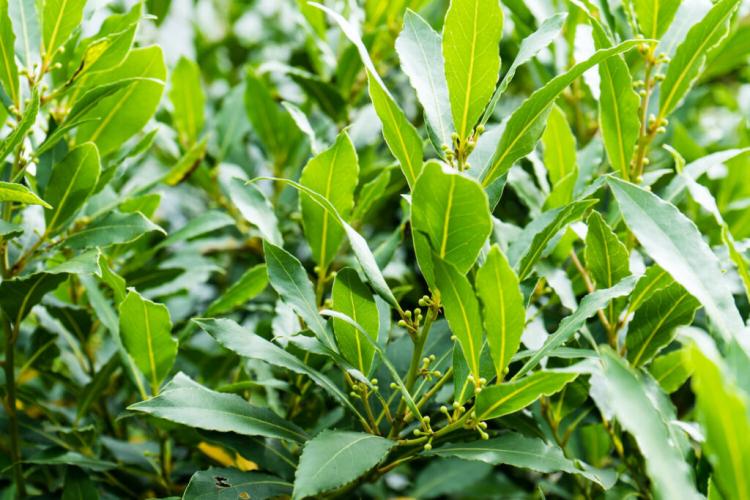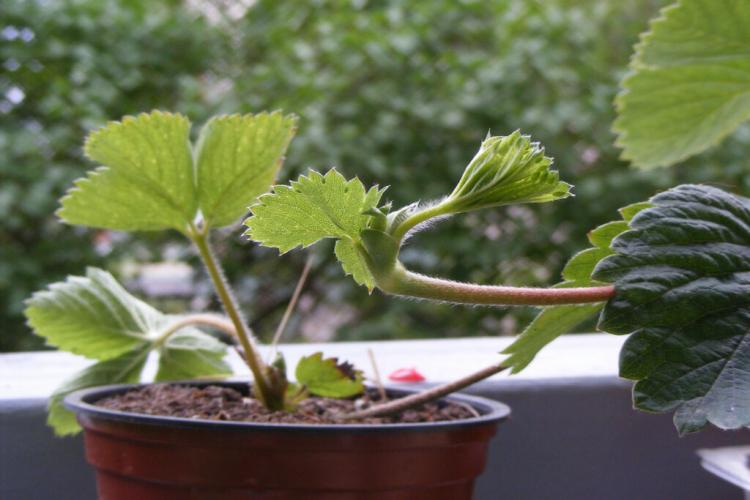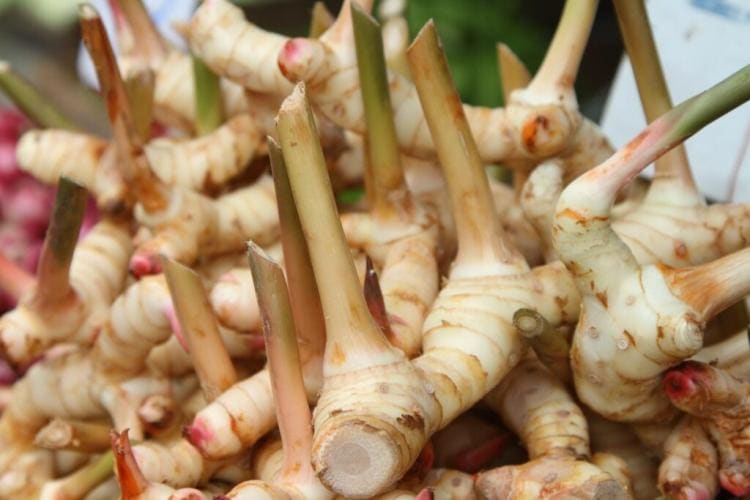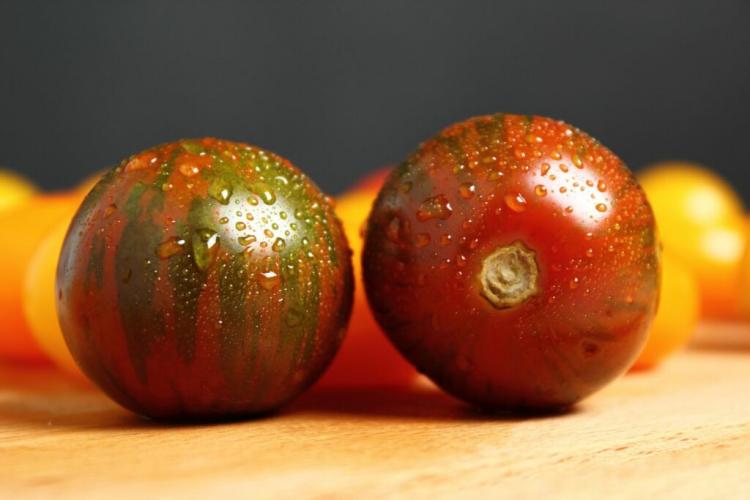The right location for plants
Is a sunny or rather shady location suitable for the new gardener? Here you can find out everything you need to consider when choosing a location.
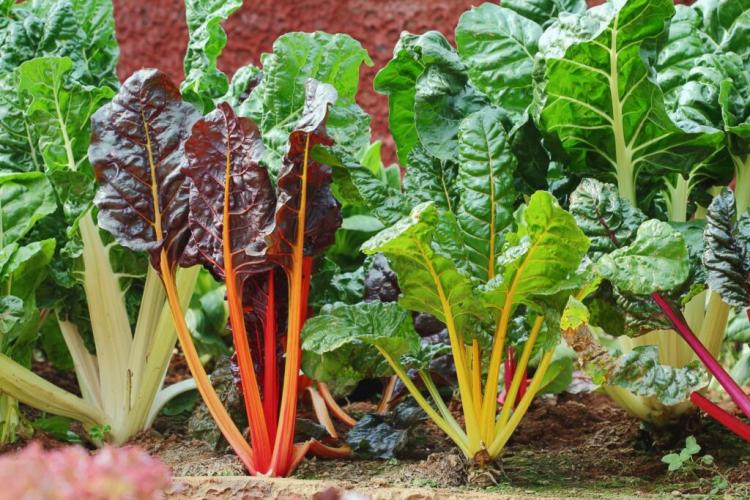
In a good location, Mangold really grows [Photo: Kanjanee Chaisin / Shutterstock.com]
The right location: is the plant hardy?
Table of Contents
Some plants get along well with cool temperatures and survive winter in the high double-digit minus range on the thermometer without any problems. Others, on the other hand, are dependent on tropical or subtropical climates and require temperatures of at least 10 ° C even in winter. These needs must be taken into account when choosing the location in order to be able to enjoy the plants for a longer period of time. If the green protégés are hardy or can be brought through the cold season with simple wintering measures, they can be planted in the bed without any worries. If they are not, however, it is better to keep them in containers and to put them in the warm before the frosts.
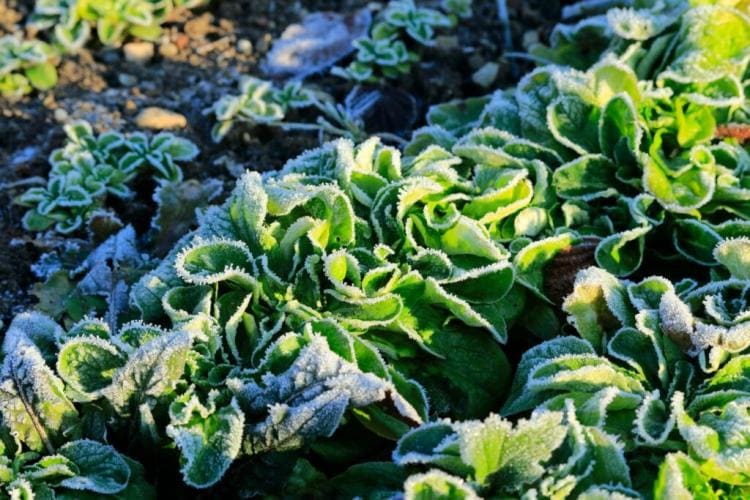
Lamb's lettuce is frost hardy and even clear hoarfrost does not harm it. [Photo: theapflueger / Shutterstock.com]
The wind is also a factor in the climate. Some plants do not feel comfortable in a very windy location. Specimens with large leaves tend to dry out particularly quickly here. And in general, some plants can simply be particularly sensitive to wind. Either a sheltered place is sought or created by means of wind-protecting planting (for example in the form of hedges), thus enabling optimal growth.
The right location: soil properties
The soil or substrate in which the plants should take root can vary widely. The following factors are important for the plants:
Composition of the soil
The basis of the properties of a soil is its composition. If the soil consists exclusively of sand, it can hardly store water, but it is well aerated. Clay soils, on the other hand, store water very well, but are anything but rich in air in the pores. A certain proportion of humus ensures, for example, better structural stability of the soil and, especially in combination with clay, better storage and retention of the important nutrient elements in the soil.
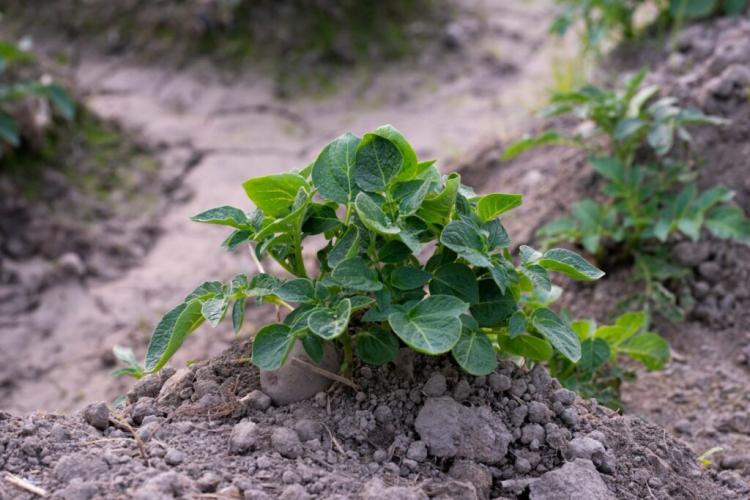
It is easy for a potato plant to break through the soil. [Photo: AlafStudio / Shutterstock.com]
Ventilation of the soil
It is important that the soil also contains air. The roots need these to breathe. Otherwise there is a risk of dangerous root fungi, which often lead to death. Whether or not a floor tends to be well ventilated depends on its composition. Many plants are very sensitive to poorly aerated soils.

Waterlogging and poor soil ventilation increase the risk of root diseases [Photo: Korostylev Dmitrii / Shutterstock.com]
Soil water storage
Water is also known as blue gold and not without reason – it is essential for every plant to flourish in life. Mediterranean plants prefer it dry and therefore enjoy slightly more permeable soils. These can be stony or have a high proportion of sand, for example. Other plants, on the other hand, resent it when they get a little drier, so that daily watering is essential in summer. Of course, you can help with these soil properties: work in sand or expanded clay to promote permeability, or add loam and clay to increase the water in the soil. Our article on watering plants tells you how and when to water the plants in your garden.
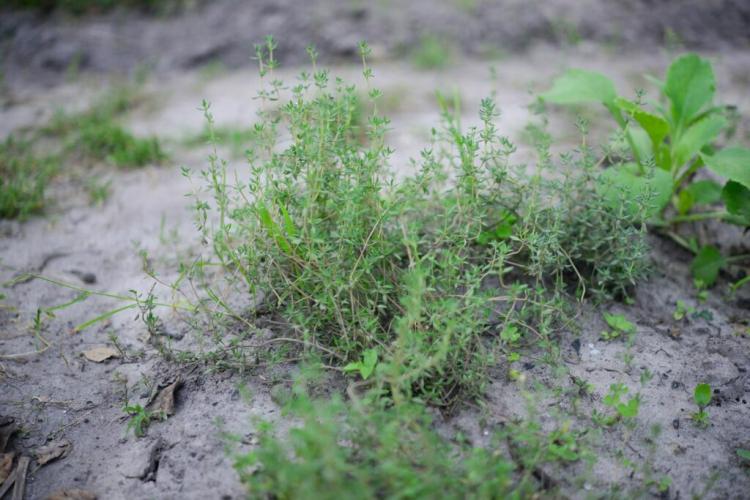
The thyme prefers dry soil. [Photo: Svechkova Olena / Shutterstock.com]
Nutrient availability in the soil
Basically, the same nutrients are required for the growth of plants, but the extent of the need differs depending on the plant. Especially in the case of plants with a high nutrient requirement – so-called heavy eaters – it is advisable to check the supply of nutrients in the soil or to pay attention to the content of the substrate. The supplementary fertilization must then be adjusted accordingly.
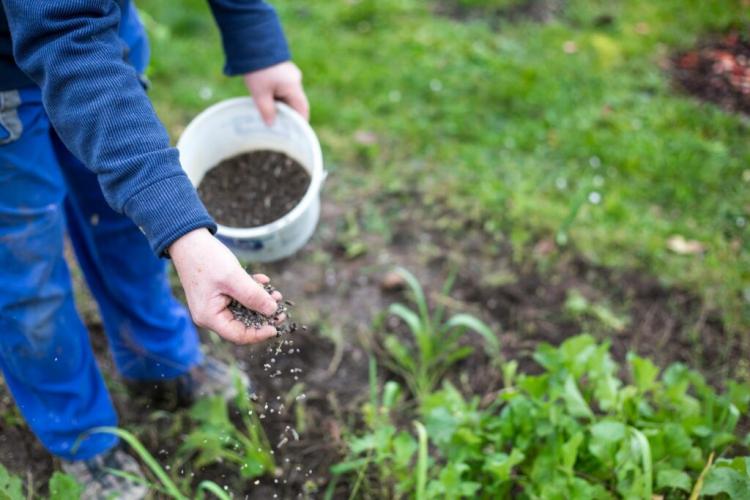
Organic fertilization is the most natural way of supplying the soil with nutrients. [Photo: Simon Kadula / Shutterstock.com]
Soil pH
The pH value of a soil is crucial for various processes in the soil. For example, it depends on whether certain nutrients are available or not. However, some plants are more likely to cope with acidic soil, while others prefer a more calcareous, alkaline soil. In general, however, most plants can get by with a pH between 5.5 and 6.5. If the pH value is too low, it can easily be increased with standard garden lime. Of course, you have to pay attention to the right dose in order not to overshoot the target. If the pH value of a soil is too high, countermeasures are not so straightforward. The regular incorporation of organic materials over several years, for example, is one of the lengthy but adequate options.

Hydrangeas prefer a partially shaded location with acidic soil. [Photo: TruePhotography / Shutterstock.com]
Tip: Our sustainable organic soils – such as the peat-free Plantura organic universal soil – are not only sustainable, but also harmless to humans and animals.
Shady or sunny location ?!
For optimal growth, each plant has a specific idea of how much light it wants. It looks over the whole year how many hours of sunshine can be expected at that location every day. The following subdivision is made:
- Sunny: more than 6 hours of sunshine
- Partial shade: 3 to 6 hours of sunshine
- Shady: less than 3 hours of sunshine
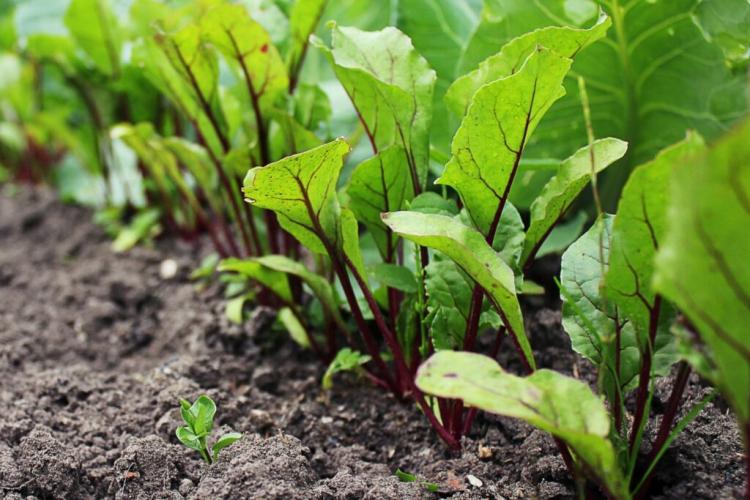
Beetroot thrives best in partially shaded to full sun locations. [Photo: Real Moment / Shutterstock.com]
However, the intensity of the light must also be taken into account. If the sun only prevails in the morning hours at the location, this naturally covers the needs of the plant in a completely different way than when the plant is placed in the blazing midday sun. The light factor should therefore not be forced into rigid structures, but should be assessed fluently and individually. Basically, however, it is important to take the tendency into account and not to place shade-loving plants too bright and, conversely, to place plants with a high need for light in the garden accordingly.
Information on how you can determine and also change the pH of the soil is available here.

